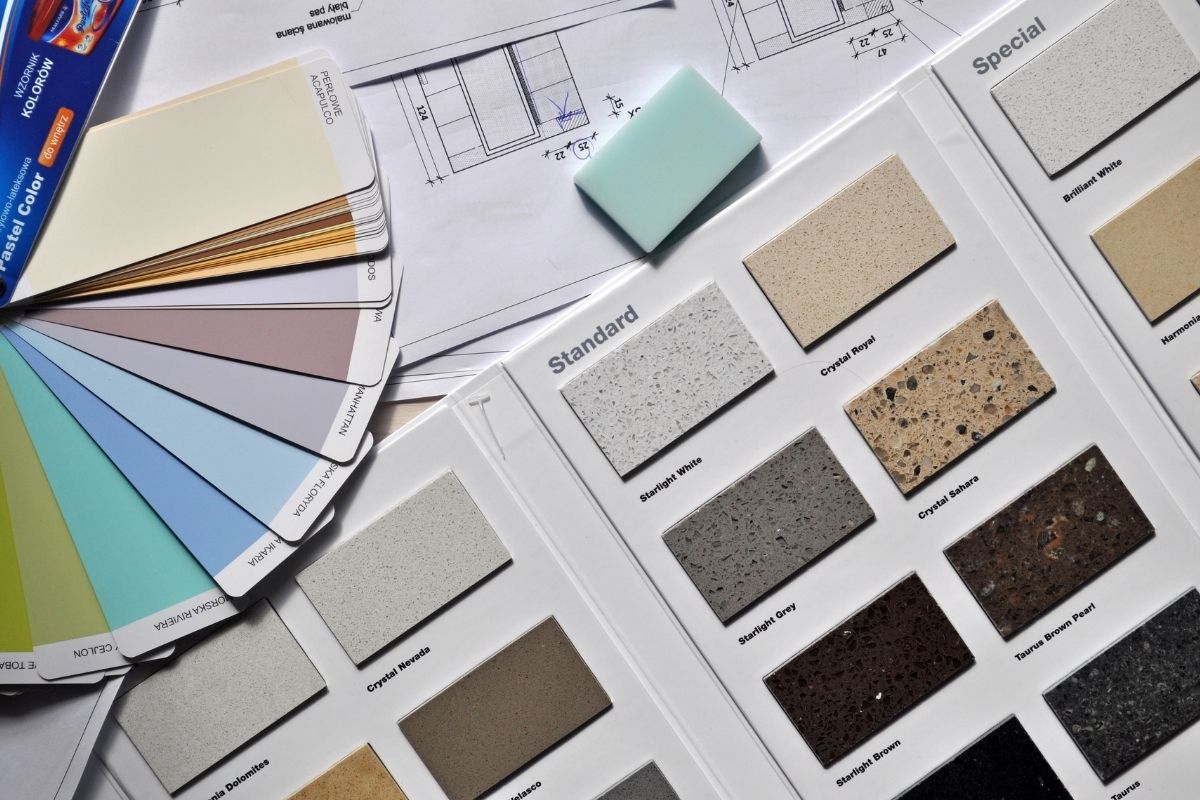The iPhone: A Model for UI and UX Innovation
Daphne Lin, an online UX design education professional, argues that Apple was the biggest driver for user experience in the tech industry. “They showed a huge competitive edge by creating and designing products from a user perspective,” she says. “I think companies still have a long way to go when it comes to design.”
Industries understand design is important. However, they still view design as only visual design. In Lin’s own day-to-day work, she educates people that design is not just what it looks like, but how it works. Her goal is for people to realize that, even when they are brainstorming ideas and features or writing requirements documents and specifications, they are still doing design work.
To UI design expert David Owen Morgan, the first iPhone, which came out in 2008, was a game-changer. “It was just rethinking what it would be like to have websites in your pocket, and to be able to access the voicemail interface being totally different,” he comments. “You can just scroll through a visual interface for voicemail. It just gets so exciting to rethink the paradigms that we’re stuck in and recognize that there’s an opportunity to introduce new ones.”
The advent of material design in phone operating systems was a sea change. It was big tech companies showing priority on design and the UX design language. Companies must think about a two-sided marketplace where they’re not just catering to millions of users, but also to hundreds of thousands of developers. They must provide guidelines and tools for a long tail of engineering and ingenuity. “Building tools that help others build tools are always ones that have been important for me,” Morgan adds.


